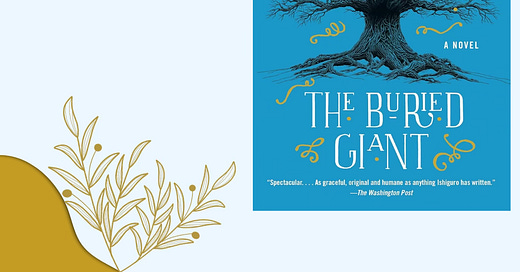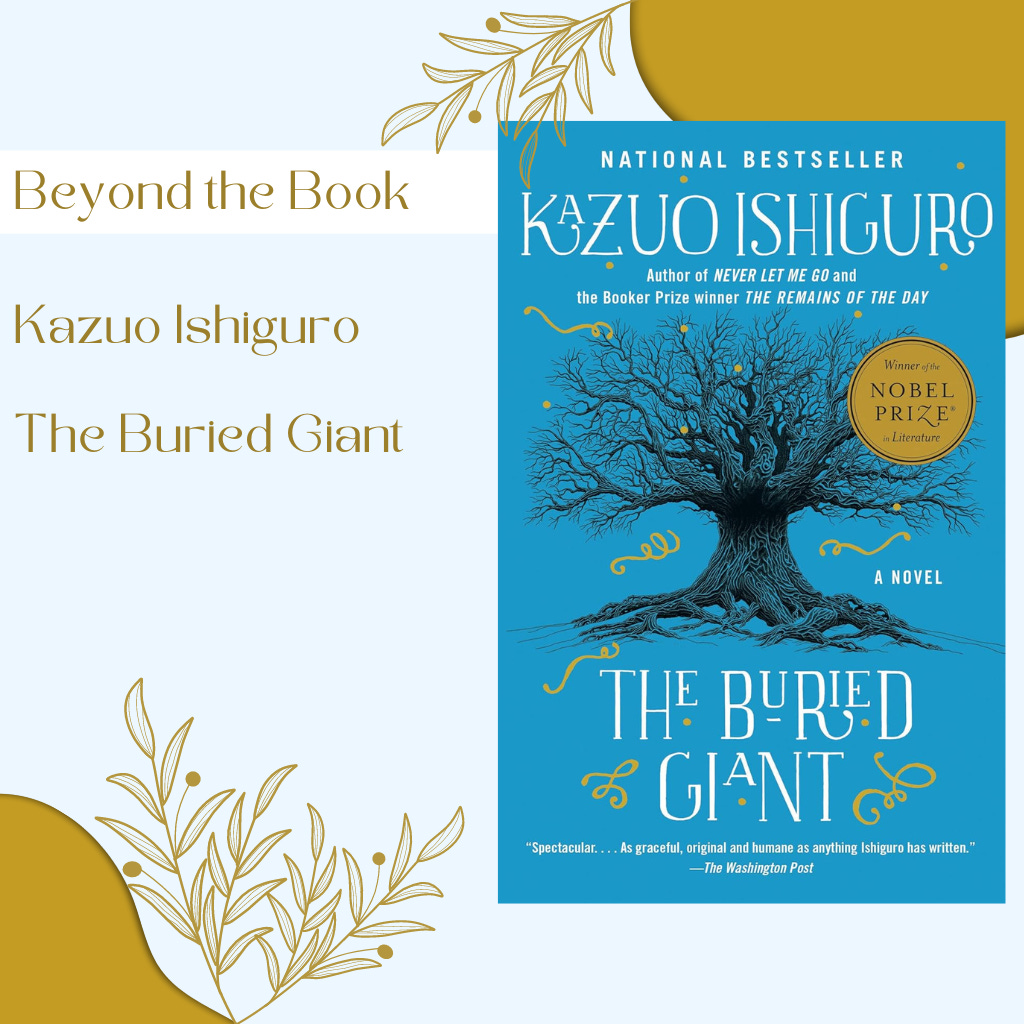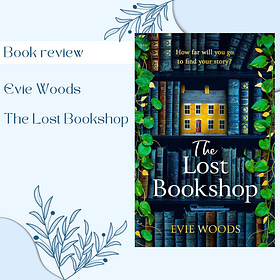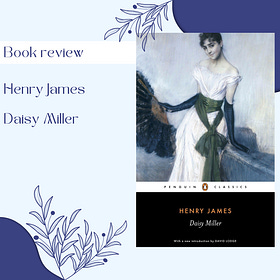Beyond the Book: “The Buried Giant” by Kazuo Ishiguro
It’s been about half a year since I read Kazuo Ishiguro’s book “The Buried Giant”, but I feel the story still lingers within me. It leaves me unsettled with the haunting question: Is it better to remember the horrors and risk causing more tragedies, or to let those terrible memories sink into the abyss of forgetfulness?
This dilemma becomes even more challenging when we have no influence over how an entire nation reacts, and especially when we cannot stop a tragedy once it starts. Is forgetting truly the better choice? But if we forget everything and only have a surface-level peace, are we truly alive? Do we have the right to our memories, even if it could unleash collective hell?
I still haven’t found an answer that I am wholly at peace with. “The Buried Giant” is a splendid literary experience, one I’d recommend to anyone who enjoys immersing themselves in a book and doesn’t mind the often slower pace of Japanese writers compared to their Western counterparts.
From this point on, there are spoilers in the review. If you don’t want to know certain parts of the story in advance, stop reading and just read the book! :)
Ishiguro’s novel transports us into a fantasy world that somewhat resembles England after King Arthur’s death. Given the obscurity of this part of English history, Ishiguro admits he let his imagination roam freely when depicting the coexistence of the Saxons and the Britons.
The main characters, Axl and Beatrice, are an elderly Briton couple who, like everyone in their country, have lost their long-term memories. The loss of memory is attributed to “the mist” enveloping the area. No one knows the origin of this “mist” or why it has caused memory loss, and people have come to accept it as a part of life.
Axl and Beatrice embark on a journey, triggered by a vague memory that they have a son. They think of traveling to a neighboring but distant village, where they’re certain they’ll find him. On their journey, they encounter Sir Gawain, King Arthur’s elderly nephew, entrusted by King Arthur decades ago to kill Querig, the she-dragon, lest the Briton king use the beast to slaughter the Saxons. A young warrior named Wistan, who crosses their path, is also in search of the hidden dragon with the same intention.
The small group splits and reunites throughout their adventure, visiting a corrupted monastery, encountering villagers, and securing a poisoned goat to kill the dragon. Slowly, it’s revealed that Querig’s breath is responsible for “the mist,” causing everyone to forget that, despite the peace treaty negotiated by the elder protagonist, Axl, King Arthur had ordered the massacre of several Saxon villages. The mist was unleashed to bury the memory of the slaughter and allow the Saxons and Britons to coexist peacefully.
Who genuinely wishes to protect or kill the dragon and their success or failure is something I won’t disclose.
Instead, I’ll discuss the unsettling questions this thought-provoking book left me with. The title “The Buried Giant” alludes to many elements. It could be Querig, the dragon hidden deep in a cave whose existence, let alone its impact on the world, is known by very few. The title also hints at the cruel, unprocessed past artificially suppressed, casting a looming fear throughout the book of the buried truth inevitably rising. Furthermore, it signifies the myriad of suppressed dark emotions — grief, betrayal, guilt, shame, anger, revenge — lurking within everyone inhaling the memory-wiping mist.
The pervasive, intangible threat sensed throughout the reading becomes clear only at the end. As the “buried giant” is eventually unleashed, questions arise about how the Britons and Saxons, coexisting peacefully for decades, will react when their memories return. The novel doesn’t provide an answer, concluding with Axl and Beatrice realizing they lost their child to the plague. They meet a boatman who can take them to an island where they could be with their deceased son, but only exceptional couples deeply in love can stay together on this island. As the boatman sets off with them, waves emerge. He says he can take only one of them first but promises to return for the other. Beatrice goes, but Axl suspects his time hasn’t come yet. Whether the boatman returns for Axl remains unanswered. Whether their love was strong enough is left to the reader’s interpretation based on the insights into their marriage as the mist dissipates.
Those who know me are aware of my fondness for Japanese writers, but this book became one of my favorites. It deeply resonates and prompts introspection, not only about managing challenging pasts and societal tensions to avoid perpetual cycles of revenge but also about our personal handling of memories. Do we confront them? Process them? Or do we choose to forget and pretend they never happened? If we choose the latter, is the energy we invest in maintaining our internal, memory-erasing dragon worth it? Wouldn’t it be simpler to let go of denial, face the emotions welling up within us, and live authentically?
Answers to these pivotal questions are individual, but the novel vividly portrays the price of forgetfulness and denial. In the mist, both horrifying and joyous memories vanish alike. Without memories of our past, good or bad, can we truly evolve or even be ourselves?
In any case, if you can, read “The Buried Giant” and find your own answers. It’s worth it! You can also bookmark this book review and come back after you’ve read the novel, I am really interested in how you’ll like it!
– Eszter
Some links above are Amazon affiliate links, and if you buy something through these links I may earn a small commission at no extra cost to you.
Beyond the Book: Evie Woods — The Lost Bookshop
Book Review: "Daisy Miller" by Henry James
Home | Notes | Articles | Eszter’s Magic | Literary Bonbons | Short Stories and Guides | Beyond the Book | EWE Issues | Archive | About






